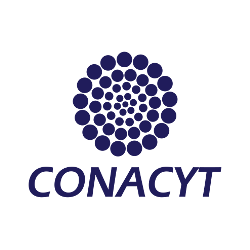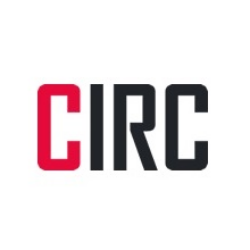Abstract
Examining the artwork, sources of inspiration, and artistic philosophies of
artists Alejandro Arango, and Javier de la Garza in this article, the
author shows that subversion is a key aspect of the so-called
neo-Mexicanist current of the 1980s. The author focuses on a series of
paintings comprising Arango's La conquista (The Conquest) and De la
Garza's Inocencia perdida (Lost Innocence), exhibitions presented in
Mexico City at the Galería omr in the mid-1 980s. What motivates each
artist's particular treatment of a common theme—the Conquest—is
revealed. Showing how Arango and De la Garza's artwork challenges
essentializing constructions of national identity, the author proposes that
neo-Mexicanist art does not blindly praise, but at times blatantly parodies
an official nationalism that glorifies the indigenous past while it ignores
the largely disenfranchised indigenous presence.
Downloads
Download data is not yet available.


















